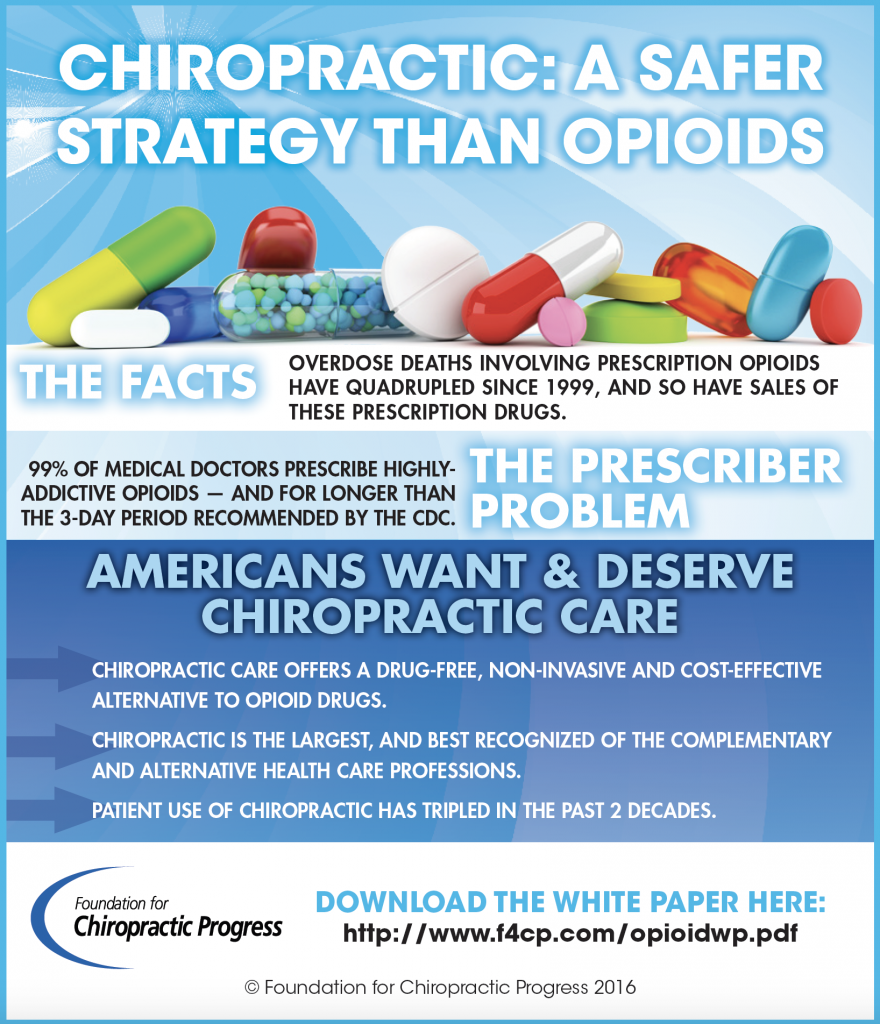The Mechanics And Impacts Of Cold Laser Therapy: Unveiling The Scientific Understanding
The Mechanics And Impacts Of Cold Laser Therapy: Unveiling The Scientific Understanding
Blog Article
Author-Harbo Bartlett
You may have become aware of cold laser therapy as an encouraging treatment alternative for different conditions, however have you ever before wondered exactly how it really services a mobile level? Recognizing quit smoking laser treatment behind this therapy can clarify its efficiency in promoting healing and reducing inflammation. By exploring the science behind cold laser therapy, you'll gain understandings right into the remarkable ways in which light can influence cellular procedures and help with tissue repair.
Just How Cold Laser Treatment Works
To understand exactly how cold laser treatment works, you require to comprehend the fundamental principles of exactly how light energy interacts with organic cells. Cold laser treatment, likewise known as low-level laser treatment (LLLT), makes use of particular wavelengths of light to permeate the skin and target underlying tissues. Unlike the intense lasers utilized in surgical procedures, cold lasers produce reduced degrees of light that don't generate heat or trigger damage to the tissues.
When these gentle light waves get to the cells, they're taken in by parts called chromophores, such as cytochrome c oxidase in mitochondria. This absorption causes a collection of biological feedbacks, consisting of enhanced mobile energy manufacturing and the launch of nitric oxide, which enhances blood circulation and reduces swelling.
Furthermore, the light power can likewise stimulate the production of adenosine triphosphate (ATP), the energy money of cells, assisting in cellular repair service and regrowth procedures.
In essence, cold laser therapy utilizes the power of light energy to promote healing and ease pain in a non-invasive and gentle manner.
Systems of Action
Exactly how does cold laser treatment really work to produce its restorative effects on biological tissues?
Cold laser treatment, likewise known as low-level laser therapy (LLLT), runs through a procedure known as photobiomodulation. When the cold laser is put on the skin, the light power passes through the cells and is soaked up by chromophores within the cells.
These chromophores, such as cytochrome c oxidase in the mitochondria, are then promoted by the light energy, leading to a waterfall of organic responses. One vital mechanism of activity is the enhancement of mobile metabolic rate.
read what he said absorbed light energy increases ATP manufacturing in the mitochondria, which is critical for cellular function and repair. Furthermore, cold laser treatment aids to lower inflammation by inhibiting inflammatory moderators and advertising the release of anti-inflammatory cytokines.
This anti-inflammatory impact contributes to pain relief and cells recovery.
Restorative Effects
Understanding the healing impacts of cold laser treatment entails identifying how the boosted mobile metabolic process and anti-inflammatory residential properties add to its favorable outcomes on organic cells.
When the cold laser is related to the affected location, it promotes the mitochondria within the cells, causing boosted manufacturing of adenosine triphosphate (ATP), which is essential for cellular feature and repair. laser based pain relief in mobile energy accelerates the healing process by promoting tissue regrowth and lowering swelling.
Moreover, the anti-inflammatory buildings of cold laser therapy help to decrease pain and swelling in the targeted location. By preventing inflammatory arbitrators and advertising the launch of anti-inflammatory cytokines, cold laser therapy aids in alleviating pain and improving the overall healing feedback.
This reduction in inflammation not only gives instant relief however likewise sustains lasting tissue repair service.
Final thought
In conclusion, cold laser therapy functions by boosting mobile fixing and tissue regrowth via photobiomodulation. Its anti-inflammatory homes give discomfort relief and decrease swelling by preventing inflammatory mediators.
This treatment offers an extensive technique to recovery, providing both instant alleviation and long-term tissue repair service benefits.
Via its mechanisms of activity, cold laser therapy proves to be a reliable and promising treatment alternative for a selection of conditions.
